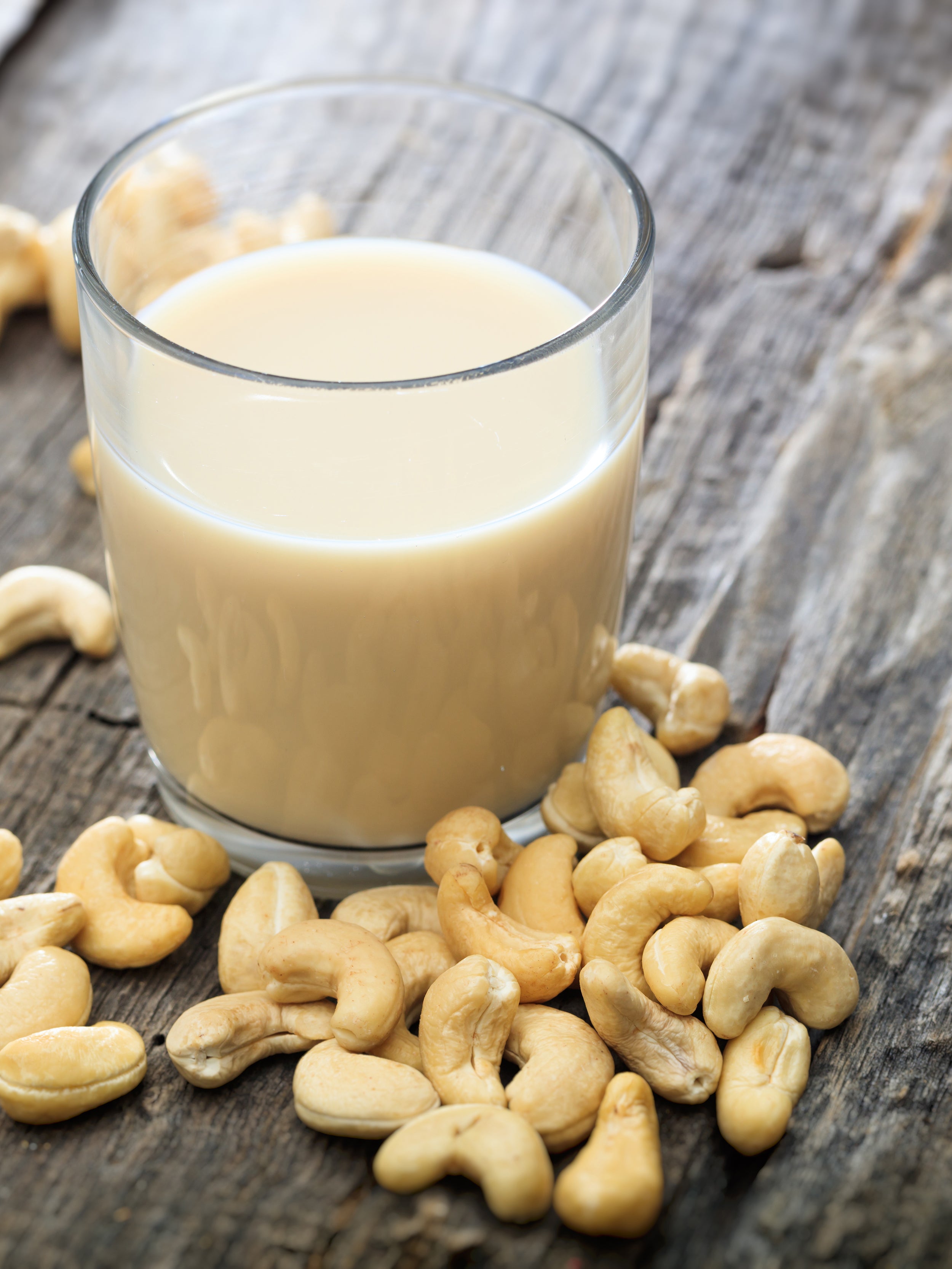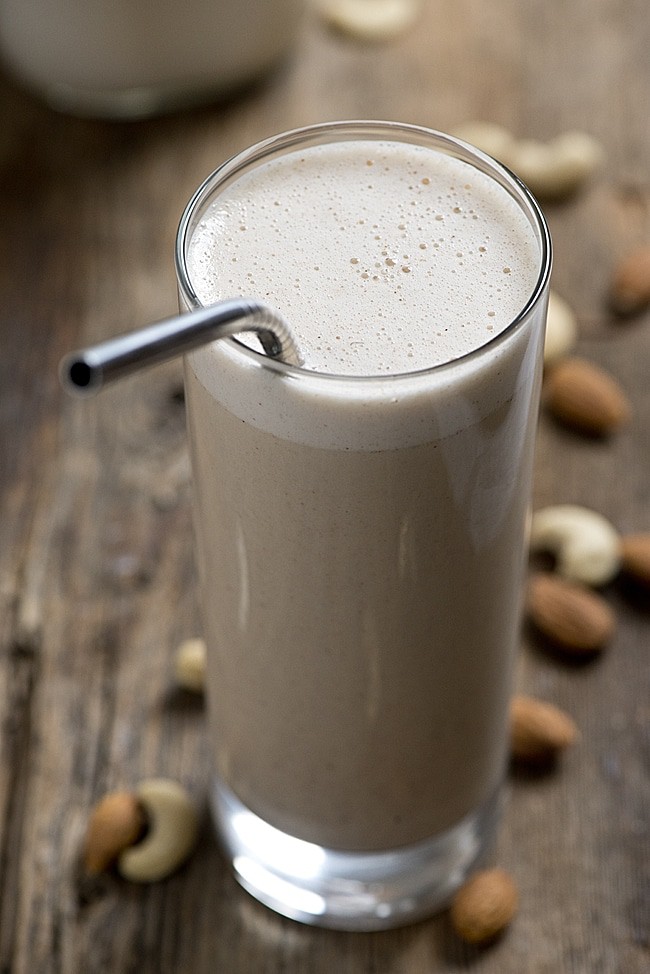

(1)Īlmonds and cashews have a positive impact on lowering blood cholesterol levels, which lowers the risks of coronary heart diseases (CHD) by 20%. In addition to healthy fats, they are rich in vitamins and minerals, which have a bioactive role in healthy digestion and metabolism. Given that they are rich in monounsaturated and polyunsaturated fats, they are high in calories. However, with research around this subject, Science has concluded that this is a false statement. People always believed that almonds and cashews, or nuts in general, contribute to weight gain. On the other hand, cashews are considered to be rich in vitamin K at 34.1μg and vitamin B complex, specifically, B1, B6, and B5. Almonds contain 1.14mg of vitamin B2 per 100g.Īlmond is also rich in vitamin E, having 25.6mg, with the daily requirement being 15mg a day. The daily requirement of vitamin B2 is 1.3mg a day for males and 1.1mg a day for females. However, they don't have similar content when it comes to vitamins.Īlmonds are considered one of the nuts that have the highest content of vitamin B2 (riboflavin). Vitamins comparisonĪlmonds and cashews are rich in their vitamin compositions. Almonds are slightly richer in protein, fats, and dietary fibers, while cashews are richer in carbohydrates. In addition to that, almonds and cashews have 12.3g and 7.8g of polyunsaturated fat content, respectively, and the daily requirement is at <22g.įrom this data, we can conclude that almonds and cashews are good sources of healthy fats, rich in protein, dietary fibers, and carbohydrates. Both monounsaturated and polyunsaturated are considered to be among the healthy fats which are essential to the normal functioning of the body.Īlmonds and cashews have 31.5g and 23.8g of monounsaturated fats, respectively, and the recommended daily intake is at <33g. The most remarkable aspect of macronutrient composition in both nuts is their amount of monounsaturated and polyunsaturated fat.

That difference is negligible on the scale of comparison.Īlmonds are relatively richer in their dietary fiber content at 12.5g compared to cashews at 3.3g. However, relatively, almonds have higher macronutrients per 100 grams.

Both are considered to have a high content of proteins and fats. Nutritional content comparisonĪlmonds and cashews are similar in their content of proteins, fats, and carbohydrates. In this article, we will be comparing the nutritional content of each, the health impact, accessibility and storage, and their downsides. They are widely used in Asian cuisines, mainly in India and China, and are consumed roasted.īoth Almond and Cashew milk are now widely used as an alternative to dairy milk, especially within the vegan community and lactose intolerant individuals. They can be used to make flour, milk, spread, and even consumed raw or roasted.Ĭashews are native to the tropics region, Central America, and the Caribbean islands. The almond tree was domesticated since the early bronze age (3000 BC) in that region. They are very versatile in the ways that they can be consumed and used in the culinary world.Īlmonds originated in western Asia and minor Asian regions. Almonds and cashews are classified as nuts that are h ighly rich in minerals and different vitamins.


 0 kommentar(er)
0 kommentar(er)
